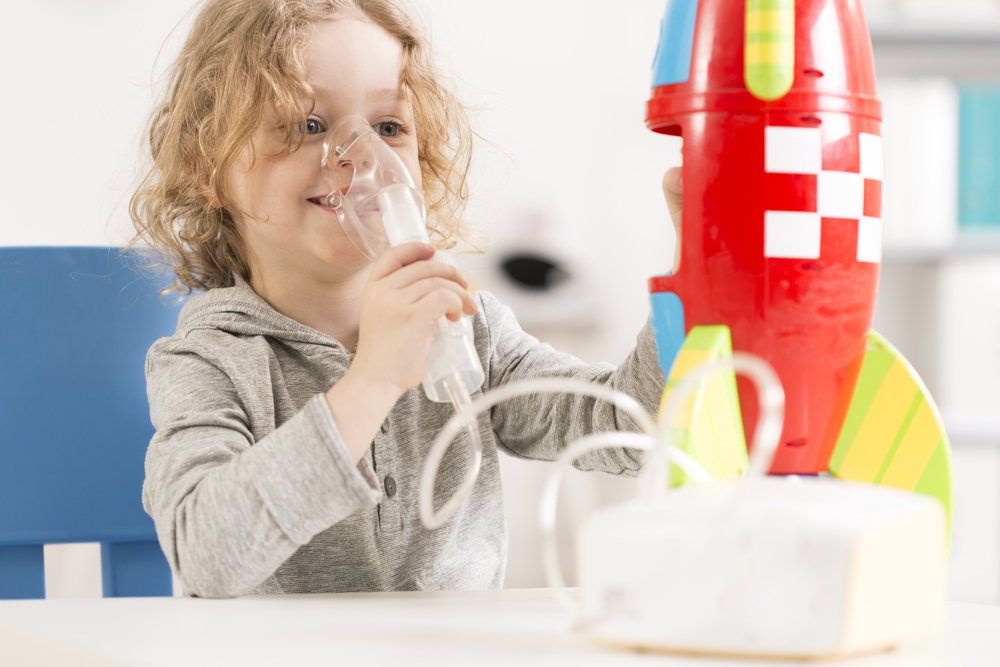Facemasks as Good as Mouthpieces for Breathing Tests in Young Children, Study Finds

Facemasks are just as good as mouthpieces and noseclips for breathing test measurements in preschool-age children, a study found. Multiple breath washout (MBW), a test that uses this equipment, measures lung function, making it possible to detect early lung disease.
The study, “Comparison of facemask and mouthpiece interfaces for multiple breath washout measurements,” was published in the Journal of Cystic Fibrosis.
There is interest among doctors and researchers in using MBW to track lung function in patients with cystic fibrosis, starting as early as possible in life. The test involves placing a facemask or mouthpiece and nose clip on the patient’s face, and using a marker gas, such as helium, to calculate the volume of the breaths of air it takes to empty the lungs of the inhaled gas.
MBW is used to calculate the lung clearance index (LCI) and functional residual capacity (FRC), measurements used to assess early airway diseases in children because they are more sensitive and easier to perform in them than conventional lung function tests.
Some of the details, such as the difference in use of facemasks or mouthpieces and noseclips in MBW on test results, are not yet clearly understood. But these are important distinctions because changing the MBW equipment could potentially make long-term tracking of lung function inaccurate.
Now, researchers assessed the effect of using facemasks in MBW tests compared to mouthpieces/nasal clips in 26 healthy adults and 46 preschool children ages 2 to 6.
Researchers found that facemask breathing significantly increased the lung clearance index in the 26 adults tested, compared to mouthpieces.
Researchers believe this could be because breathing through the nose could contribute to higher LCI values. They observed increased LCI measurements in the adults “breathing exclusively through the nose versus the mouth within the same interface,” they wrote.
But in children, there was no difference seen between the two breathing devices either on LCI or FRC. However, kids found facemasks easier to use and made the children’s breathing more stable, especially in children younger than 4. A greater variability in breathing
patterns was also seen with mouthpiece tests.
Since the test results are similar in preschoolers no matter the equipment used, and the fact that preschoolers found facemasks easier to use, the team recommends using facemasks in MBW tests instead of mouthpieces in this age group.
“Efforts to improve feasibility and breathing stability by incorporating a facemask into younger preschool subjects must be matched with development of defined strategies to minimize the magnitude of effect of transition to a mouthpiece later on,” the researchers wrote.







